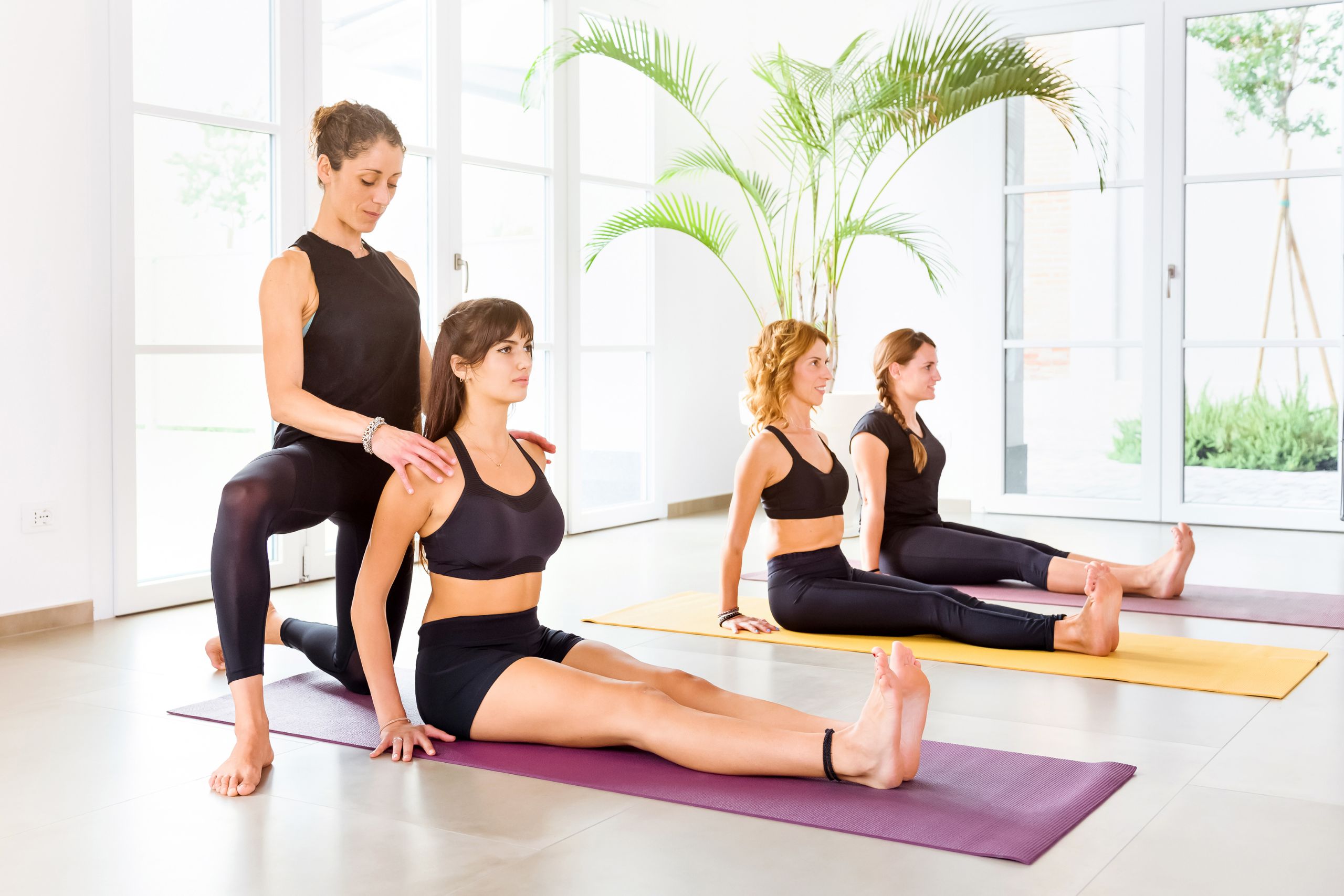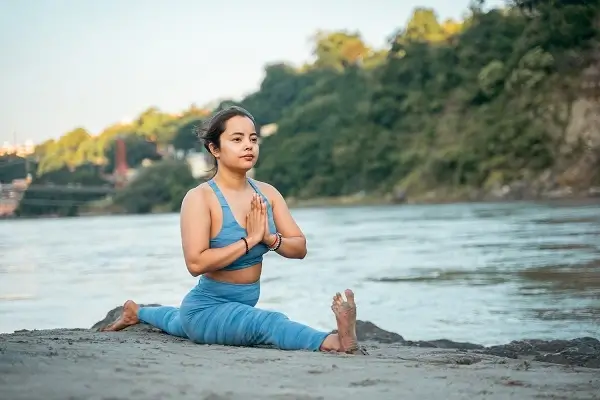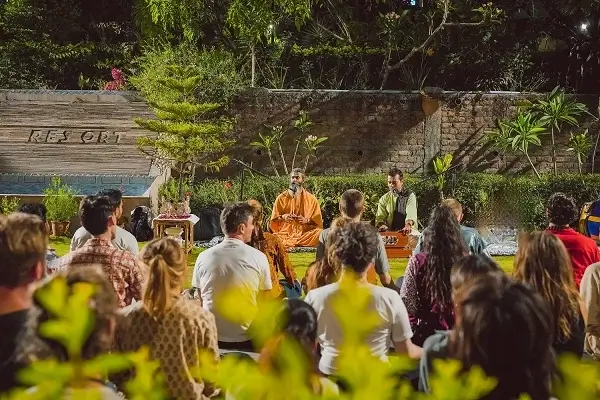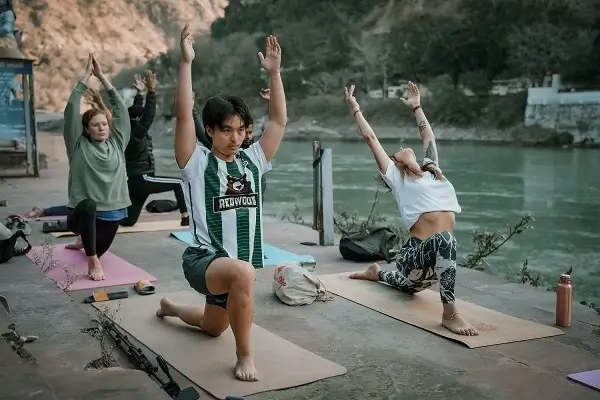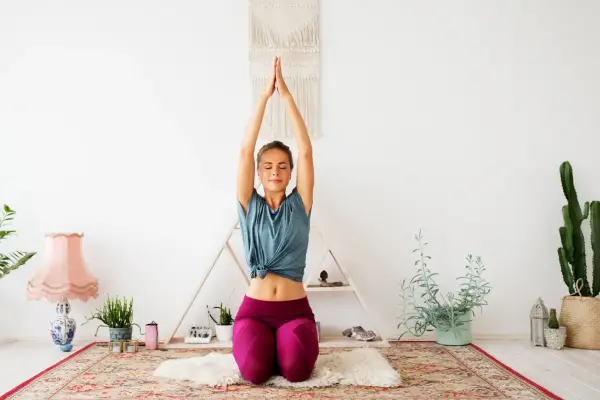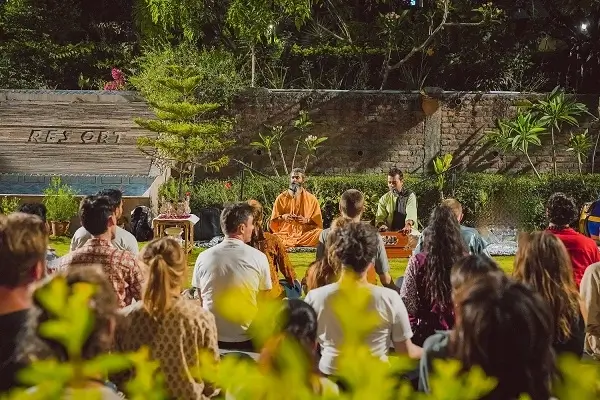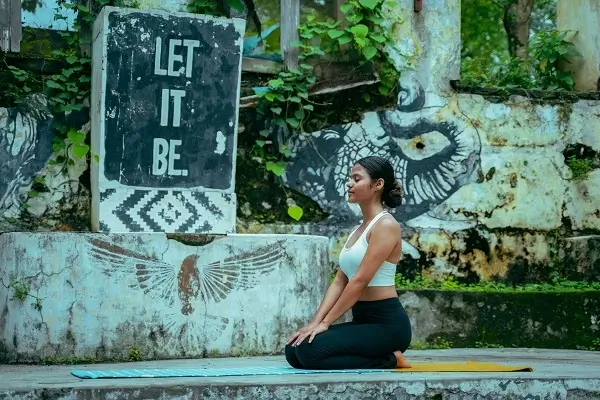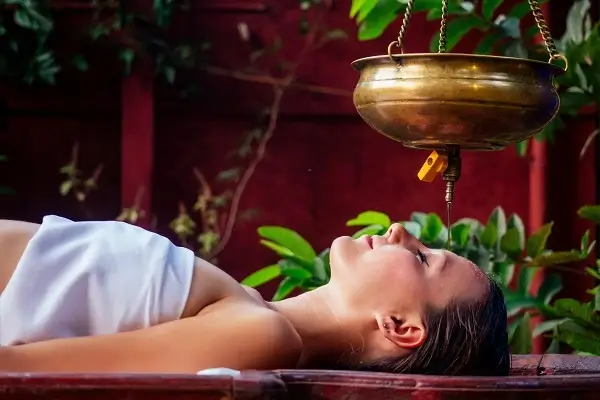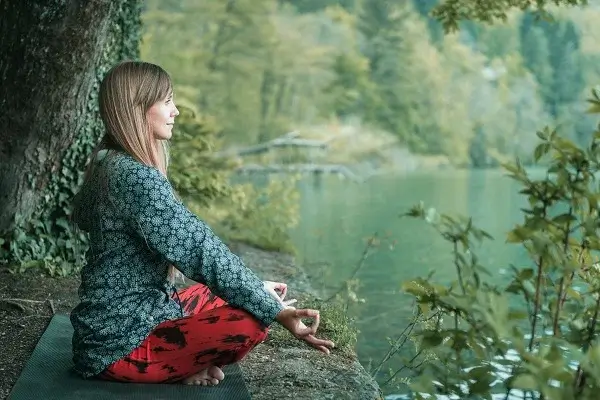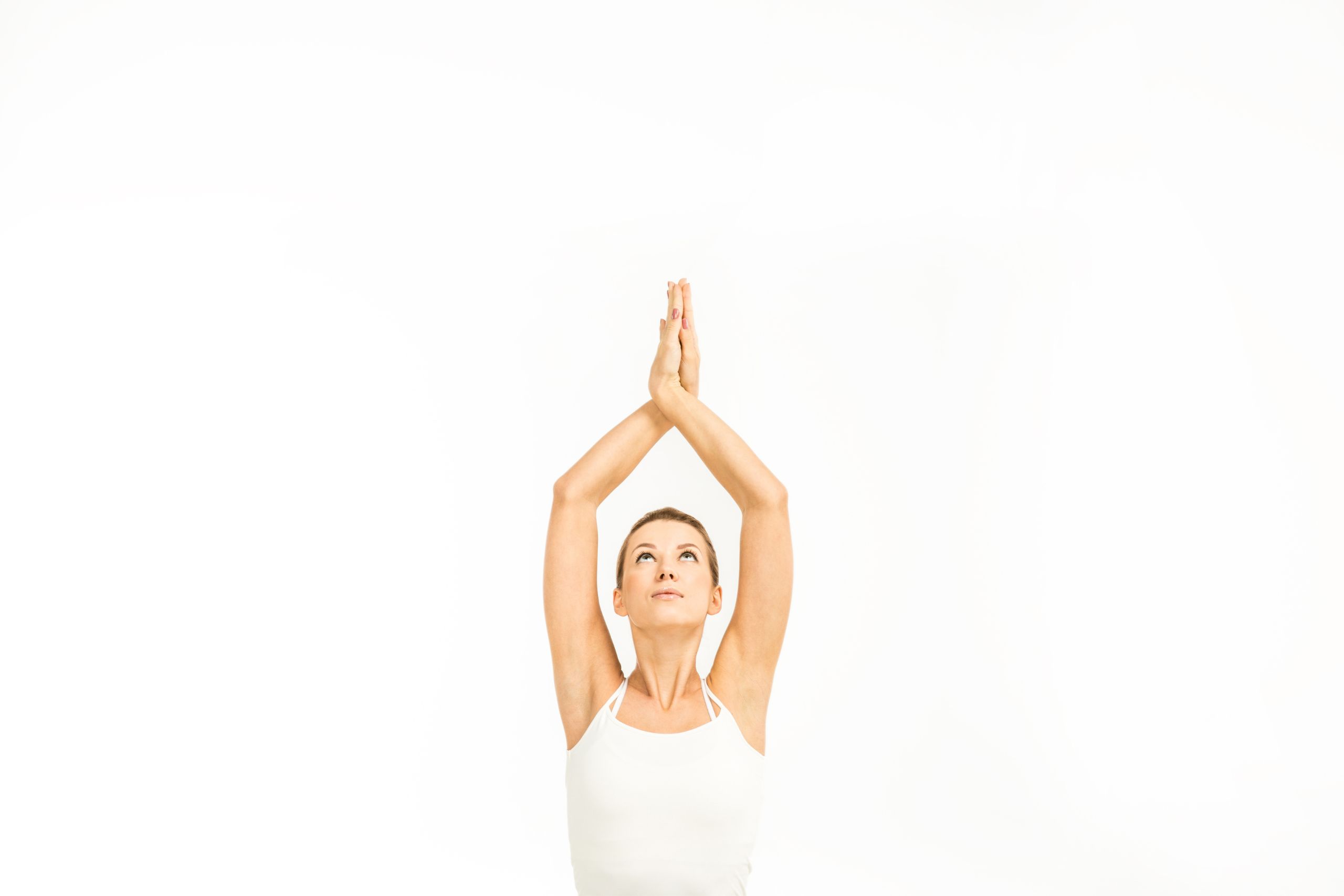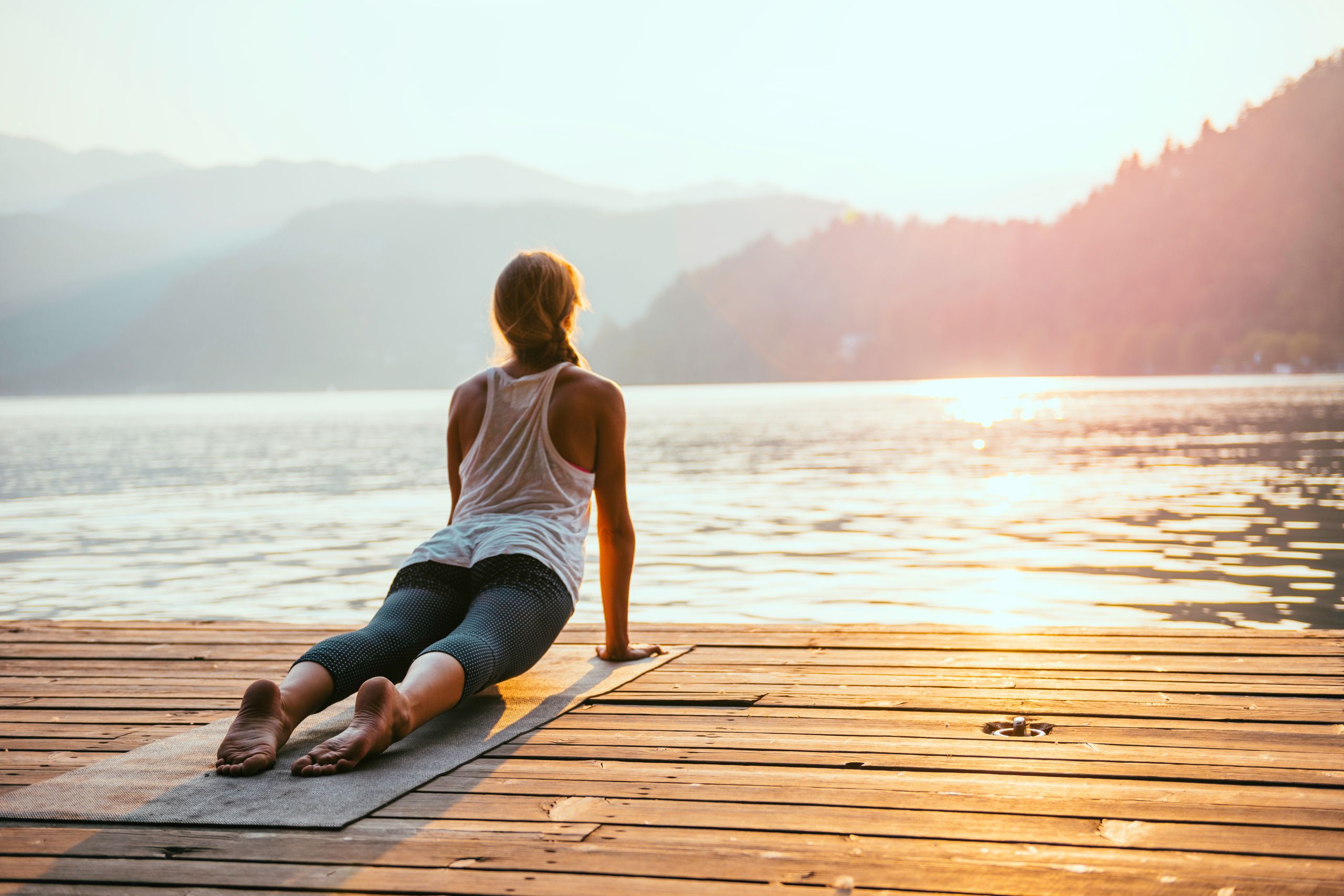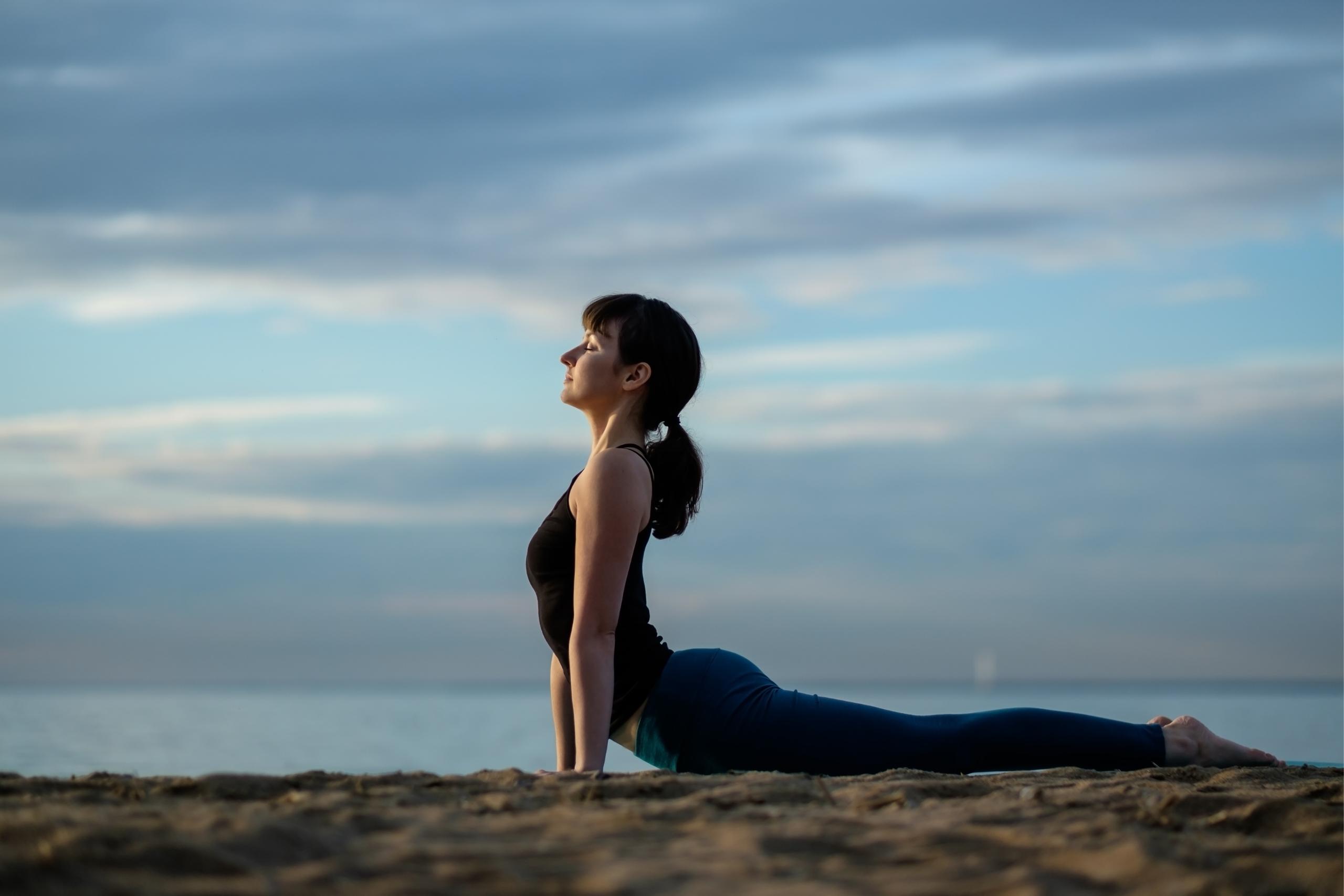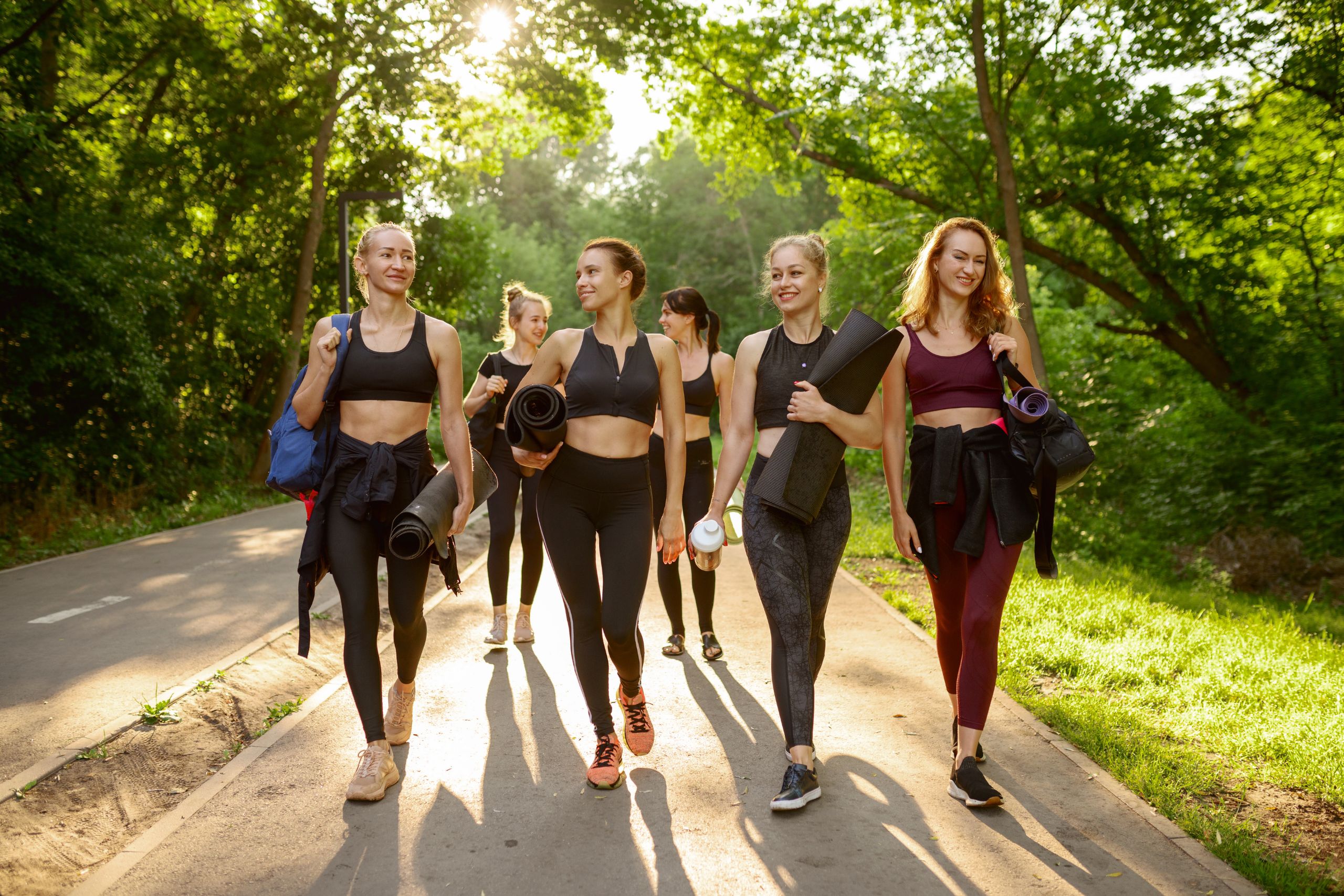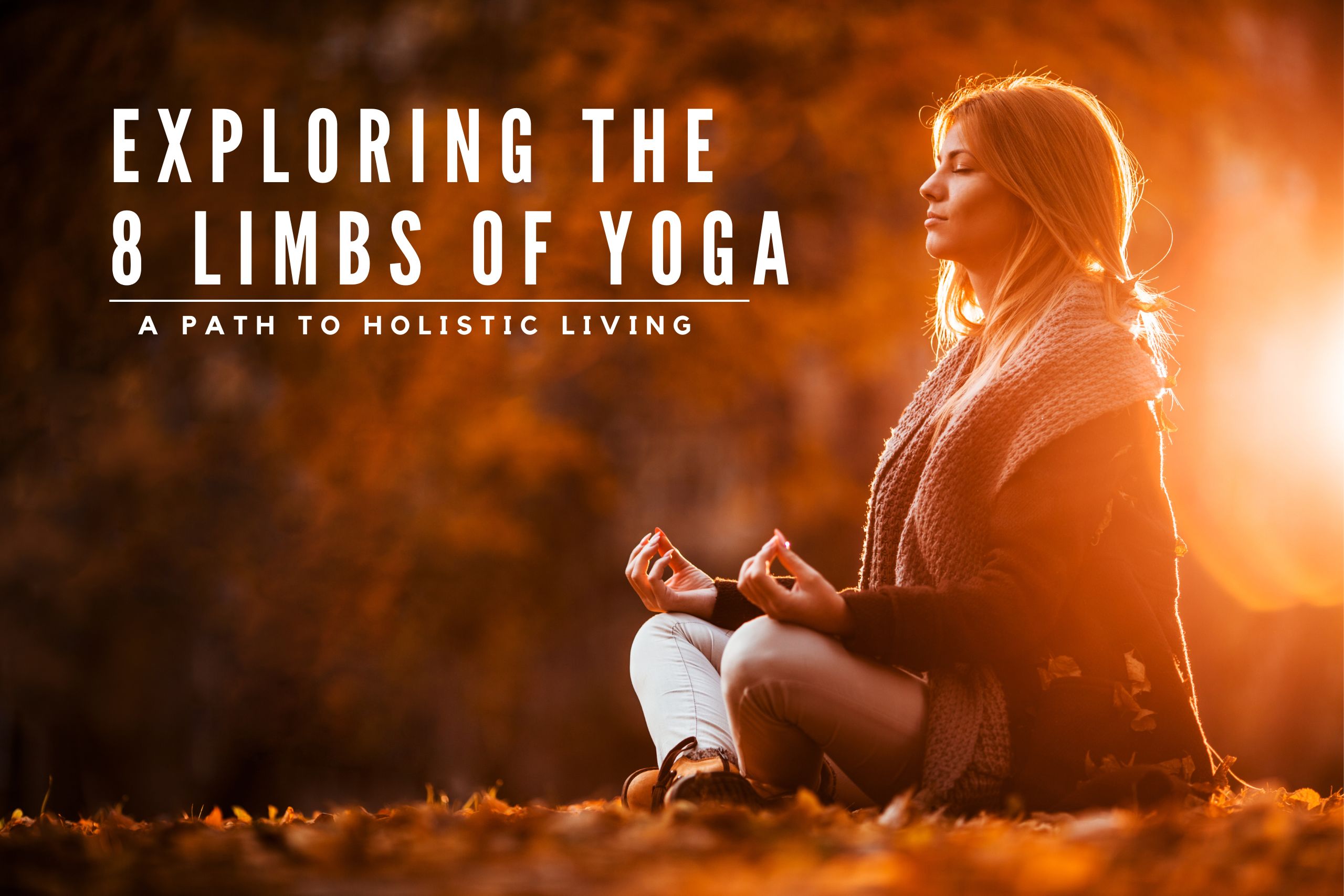How To Sequence A Yoga Class? [Step-By-Step Guide]
Table of Contents
- 1. How To Sequence A Yoga Class?
- 1.1. Step 1: Grounding Or Set Up The Intention
- 1.2. Step 2: Warm-Ups
- 1.3. Step 3: Asana Practices
- 1.4. Step 4: Deep Stretch
- 1.5. Step 5: Cool Down
- 2. 3 Examples Of Different Yoga Classes
- 2.1. Gentle Yoga Class
- 2.2. Hatha Yoga Class
- 3. Conclusion
How Do You Sequence A Good Yoga Class?
How Do I Organize My Yoga Classes?
Have you ever wondered what makes a good yoga class? A carefully constructed class that makes you feel better as soon as you enter will ensure the quality of a yoga class. First, you will have to learn the correct order of yoga poses to practice. After that, you need to allot a fixed time for each session. There are a lot of ways anyone can learn how to sequence a yoga class depending on the intention and guidance.
Yoga Sequencing is an order to structure a class and it should aim to provide a safer space to students for breathing exercises, movement, and more. It is the creative ability to logically order yoga poses, meditation practices, pranayama sessions, and mantra chanting.
How To Sequence A Yoga Class?
The poses might change based on your class time i.e. evening or morning. The first yoga pose must include breathing practices. After that, you can include a complete series of warm-ups. It will help your students to prepare for the next practices. Then, guide your students through asana practices. After that, slow down the breathing and heart rate through meditation practices. It is called the cooldown process.
How To Sequence A Yoga Class Step By Step
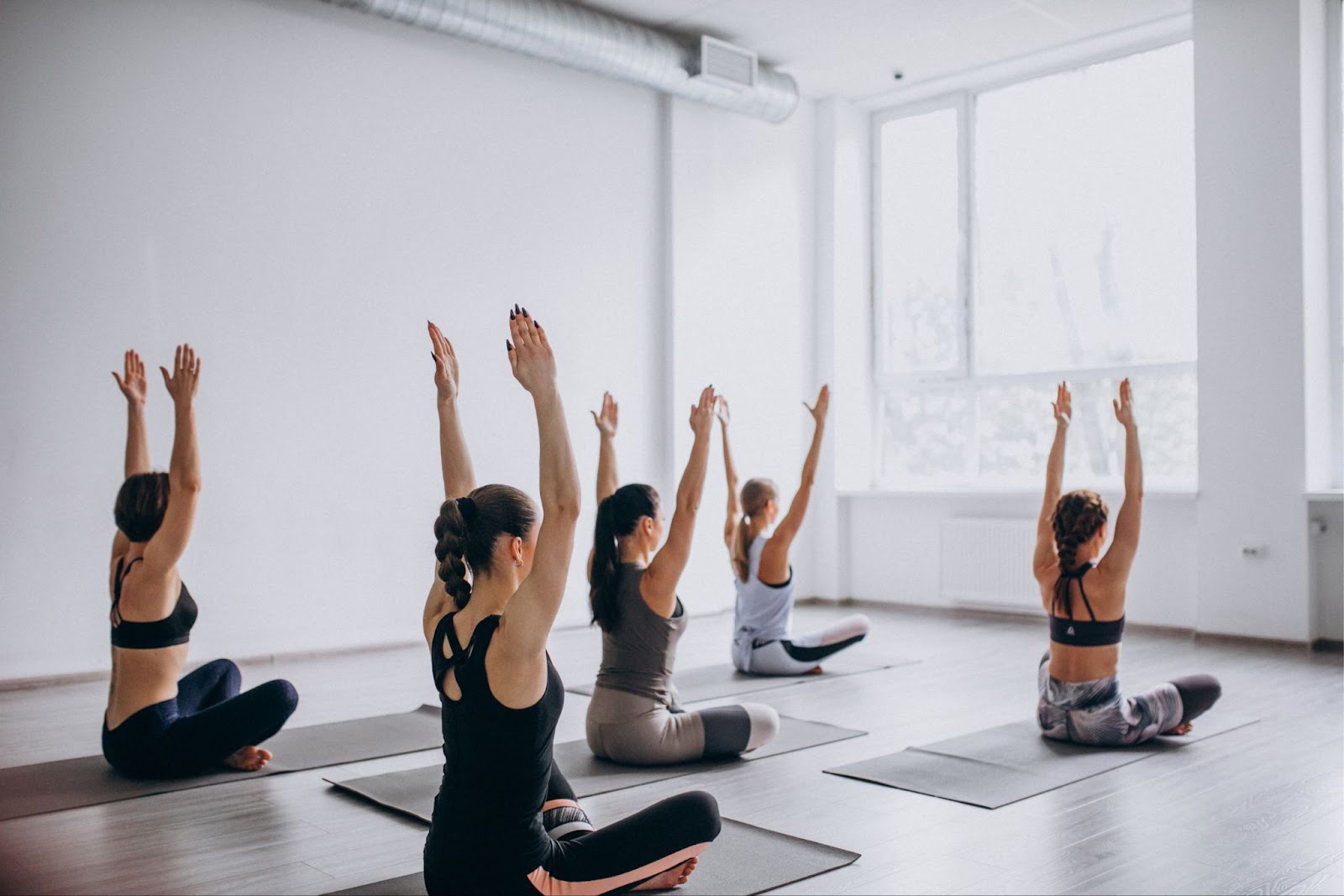
All yoga sequences include 3 parts: A beginning, A middle, and An end. Every yoga class starts with breathing exercises or warm-ups and ends with cool-downs. However, the middle part varies from class to class. Yoga Sequencing lesson plans include the following steps:
Step 1: Grounding Or Set Up The Intention
When your students enter the classroom, they might had a long, rough, and irritating day. They might be rushing in from their office or somewhere else. So the first thing must be done to control their breaths and calm their body and mind. It will also help your students to be present in the moment or present. In other words, it is designed to slow you down and relax.
As a result, students will be away from the hustle of the busy outside world and learn the basic needs of their body, mind, and soul. After this, students or trainees will be ready for the next phase.
-
Pranayama practices.
-
Intent Setting.
-
Grounded Meditation practices.
Step 2: Warm-Ups
Usually, the second phase of yoga sequencing includes warm-ups to prepare the students or yoga practitioners. In this phase, you must introduce yoga postures and movements. Choose simple, challenging, and challenging yoga poses including deeper stretches. You can also include dynamic and intense movements in your yoga class.
Dynamic movements increase blood circulation and ensure that synovial fluid is flowing in the joints. The most common warm-up is Sun Salutation for yoga classes.
-
Cat Pose.
-
Cow Pose.
-
Bridge Pose.
-
Some Abdominal work.
-
Seated or Lying down poses.
-
Sukhasana.
-
Hero’s Pose.
-
Easy Seated Pose.
Step 3: Asana Practices
After completing warm-ups, it’s time for the asana practices. It does not mean any fast-pacing, crazy, or hard postures. You can focus on building stamina or strength. The physically challenging poses will increase the concentration. You can also include static poses for longer duration.
This must be the most time-consuming part of your yoga class because it includes teaching, alignment, and planning.
-
Sun Salutations.
-
Standing Series.
-
Ladder Flow Peak Pose.
-
Vignettes.
Step 4: Deep Stretch
After asana practices, you must introduce deep stretches or floor work to deepen the yoga practices. This phase includes supine or prone poses. Choose 2 or 3 yoga postures and repeat them during the class. Hold the yoga poses for a longer time. It will build the strength in your student’s body and they will feel a major difference.
-
Mountain Pose.
-
Chair Pose.
-
Forward Fold Pose.
-
Upward Or Downward Facing Dog Pose.
-
Cobra Pose.
-
Locust Pose.
-
Camel Pose.
-
Dolphin Pose.
Step 5: Cool Down
Cool down is the final relaxation stage. The asana practices and deep stretching elevate blood circulation, heart rate, and heat in the body. This Phase sends singles to your mind for the slow-down process. The most common cool-down poses are supine form or spinal twists. It brings balance to your spine after the backward or forward bending.
You can also include Savasana for the final relaxation. Savasana allows time to return to normal. Corpse pose is a mind-blissing or body-relaxing pose.
-
Savasana Or Corpse Pose.
-
Gomukhasana.
-
Cow Face Pose.
-
Ardha Matsyendrasana.
-
Fish Pose.
Also read: 11 Best Yoga Mantras For Yoga Teachers
3 Examples Of Different Yoga Classes
This is like a yoga class sequence template, where you can modify some asanas or poses based on the yoga forms. Here are the 3 examples to help you demonstrate the sequencing of a yoga class:
Vinyasa Yoga Class For Beginners
Here, we have mentioned how to sequence a yoga class for beginners:
-
Setting Up The Breathwork
-
Guided meditation for Tadasana
-
Ujjayi breathing practice.
-
-
Warming Up
-
Upward salute.
-
Forward fold.
-
Half lift.
-
Tadasana.
-
-
Yoga Asana Poses
-
Sun salutation.
-
Child’s pose.
-
Forward fold.
-
Inhale half lift.
-
Chaturanga Dandasana.
-
Upward Facing Dog.
-
Baby Cobra
-
Downward Facing Dog.
-
Tree Pose.
-
Malasana.
-
Sukhasana.
-
Navasana Or Boat Pose.
-
-
Cooling Down
-
Savasana
-
Wind Removing Pose (Left and Right)
-
Supine Twist Pose.
-
Ananda Balasana Or Happy Baby Pose.
-
Gentle Yoga Class
You can also use yoga props for these classes.
-
Guided Meditation
-
Box Breathing
-
-
Warm Up
-
Seated Cat Pose
-
Seated Cow Pose
-
Seated Twists
-
Seated Leg Lifts.
-
Toes Flexing
-
-
Yoga Asana
-
Seated Upward Salute
-
Seated Warrior Pose
-
Seated Forward Fold Pose.
-
Reverse Warrior Pose.
-
Seated Goddess Pose.
-
Seated Wide-Legged Forward Fold.
-
-
Cooling Down
-
Seated Forward Fold.
-
Savasana
-
Use of blocks and props.
-
Also read: Books for Yoga Teachers
Hatha Yoga Class
-
Breathwork Practices
-
Guided Meditation.
-
Nadi Shodhana,
-
Sukhasana.
-
-
Warm Ups
-
Seated Twist (Left and Right)
-
Seated Forward Fold.
-
Table Top Pose.
-
Cat Pose.
-
Cow Pose.
-
Dog Pose.
-
Child’s Pose
-
-
Yoga Asana
-
Tadasana Pose.
-
Forward Fold Pose.
-
Warrior Pose (Left and Right)
-
Pyramid Pose.
-
TrianglePose.
-
-
Cooling Down
-
Seated Forward Fold.
-
Seated Head Pose (Left and Right)
-
Bridge Pose
-
Reclined Bound Angle Pose
-
Savasana.
-
Conclusion
Now you have learned How to sequence a yoga class. There are a lot of other ways to sequence yoga classes. Our 500-Hour Yoga Teacher Training Course in Rishikesh offers different suggestions for yoga sequencing. We provide the best way to ensure that your classes will be sequenced with fun, consideration, compassion, and kindness.
Explore how yoga poses are linked with each other, and how sequencing guides your students with greater ease. Learn safe sequencing for your students. Heart of Yoga School offers the best online and offline yoga teacher training.
